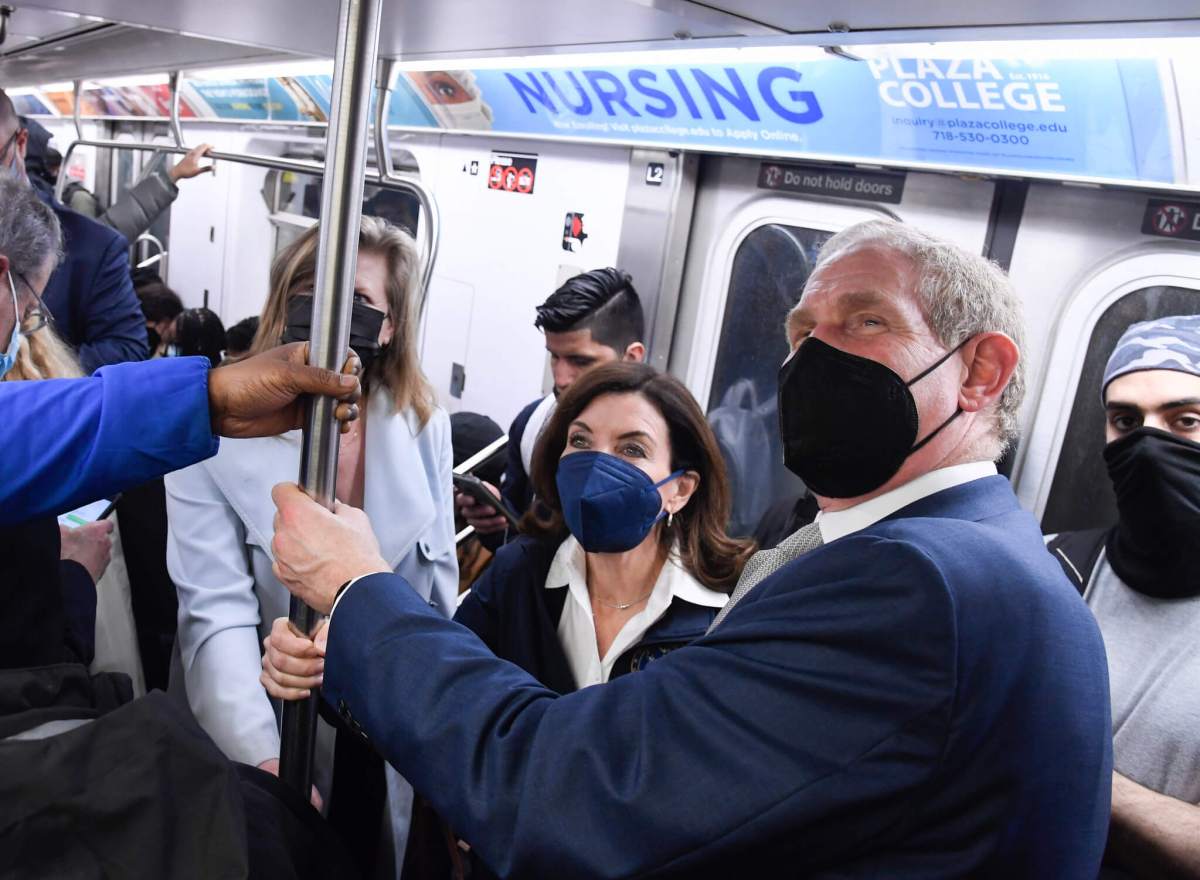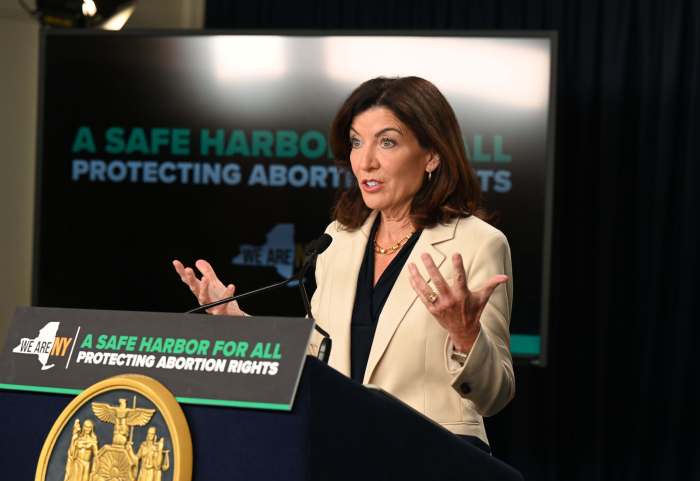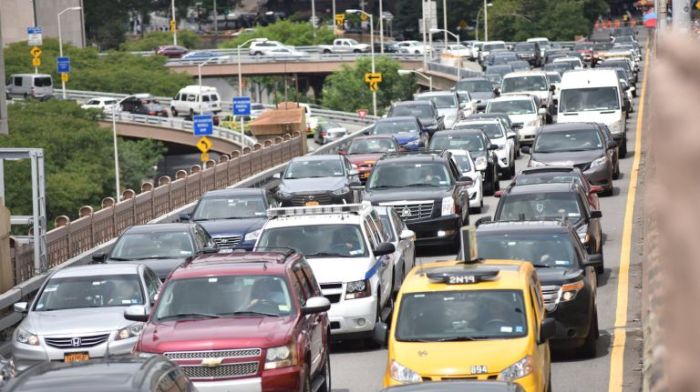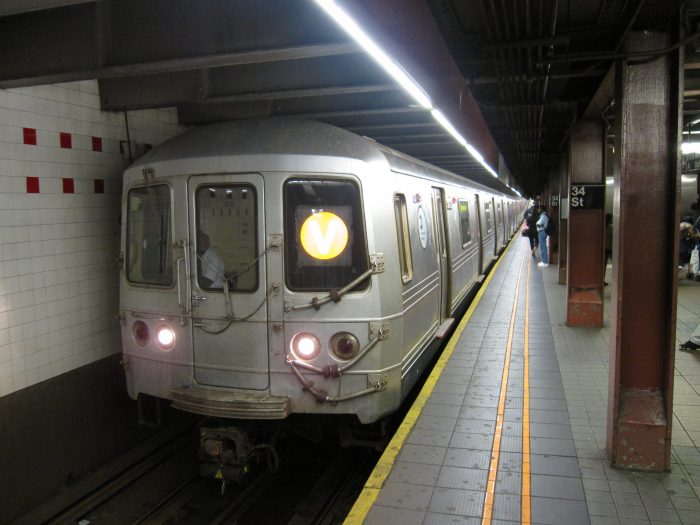The Metropolitan Transportation Authority could bolster its case for much-needed new streams of revenue with more transparency around its budget and debt service, watchdog group Reinvent Albany argues in a new report.
The MTA is facing down a looming post-pandemic fiscal crisis in the coming years: authority brass have been sounding the alarm that with stagnant ridership, and federal pandemic relief funds expected to run out, the agency will not be able to plug a multi-billion dollar deficit without new dedicated funding.
Nearly $16 billion in federal emergency aid doled to the MTA to keep it running during the pandemic is expected to completely dry up by 2026, with the bulk of it likely to be gone by 2024.
At the same time, transit ridership has not recovered at the rate MTA honchos had hoped: average weekday ridership on subways and buses has plateaued for months at about 60-65% of pre-pandemic figures, a phenomenon the agency attributes to the widespread adoption of working-from-home by many of its former daily commuters, even as car commutes have rebounded fully to pre-pandemic levels.
That’s particularly devastating to the MTA, which has historically relied more on farebox revenue to support operating expenses than most North American transit systems.
Should the MTA chug over the so-called “fiscal cliff” in the coming years, it would have to make drastic, painful decisions to keep itself afloat, like steep fare hikes, service cuts, and layoffs.
As such, the agency has been working the lobbying and public relations circuits attempting to secure new funding streams from the state and federal governments: this month, MTA Chair Janno Lieber made an unprecedented trip to the SOMOS Conference — a post-election bacchanal for New York pols and pol-adjacents in Puerto Rico — to lobby state lawmakers for new sources of revenue.
In its report, Reinvent Albany supports the MTA’s contention of coming fiscal trouble, but argues that the agency could bolster its case for new dedicated revenue streams by opening up its books and providing greater clarity and transparency on its budget and debts.
“We are glad the MTA is raising the alarm,” said Rachael Fauss, a research analyst at Reinvent Albany and the report’s author, in a statement. “This really is a looming disaster for transit riders and we urge the MTA to use open, consistent budget data to help strengthen their case for state aid to the public and the legislature.”
Among the good government group’s recommendations is for MTA brass to start presenting its “debt affordability statements” and holding discussions on them during MTA Board meetings, rather than burying them in wonky budget documents. It also argues that the authority should stop including federal emergency aid in debt affordability metrics; without accounting for the billions in aid, the MTA’s debt load amounts to more than 20% of its operating revenues.
With no impending funding deals on the horizon, the watchdog’s recommendations in the interim include discontinuing the state’s gas tax holiday and remitting any existing dedicated transit funds directly to the MTA, instead of subjecting them to the annual budget appropriation process where they can be the target of a raid.
A spokesperson for the MTA agreed that fiscal prospects are grim and new funding is needed, but disagreed that the agency isn’t forthcoming with financial data, noting that the authority puts out reams of data every month in its board books.
“We agree the MTA needs new dedicated funding and the fiscal cliff is real and appreciate Reinvent Albany’s passionate advocacy for investment in mass transit,” said MTA spokesperson Aaron Donovan.
This story has been updated with comment from the MTA


















